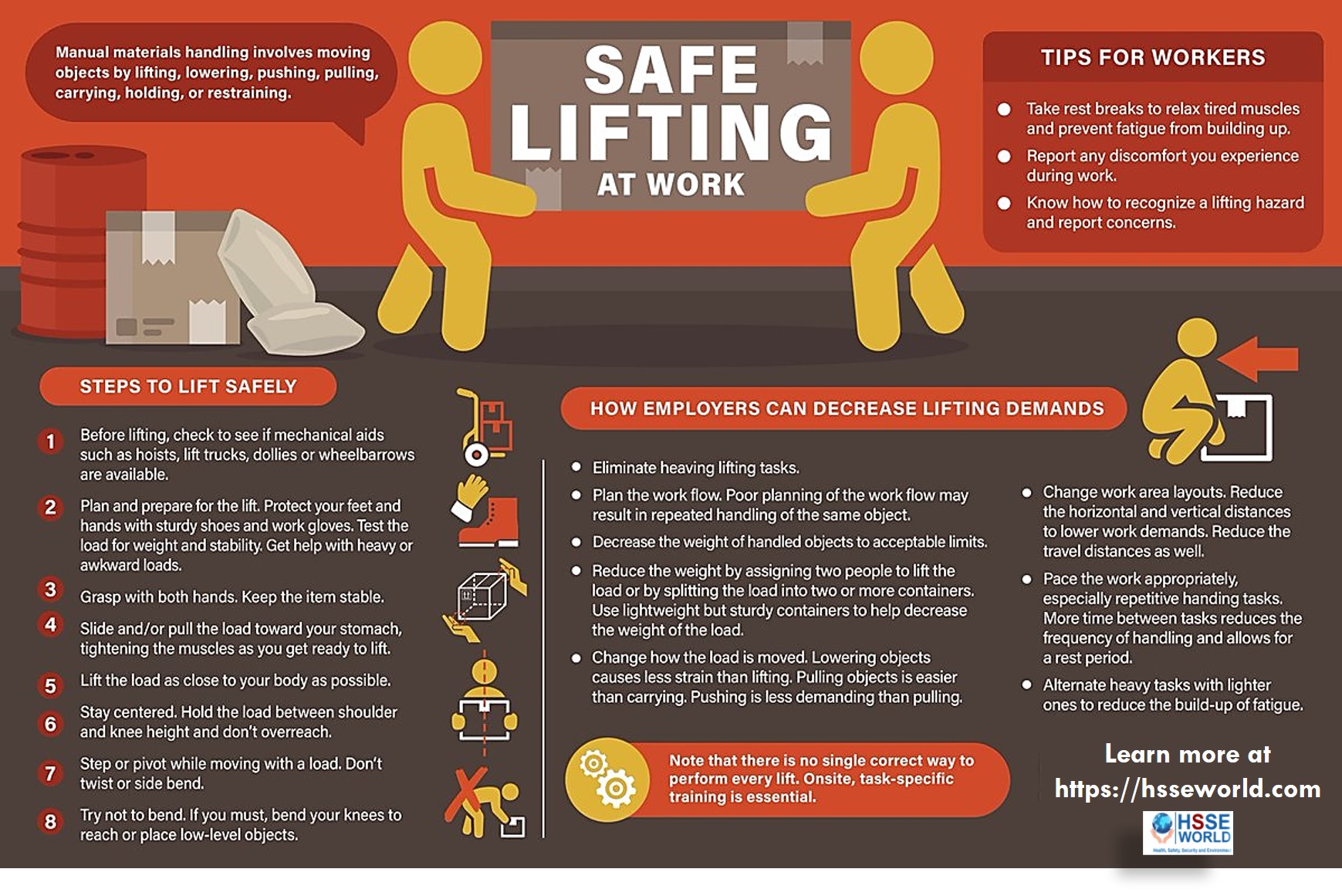Cold waters poses a danger to those working on or near them. Workers who could fall into cold water must understand the risk, know how to rescue someone who has fallen into the water, and know how to safely abandon ship where it’s applicable.

How are workers exposed?
Workers can enter the water by falling overboard or when abandoning a vessel. Rough seas, slippery decks, or carelessness are some ways a worker can lose balance and fall into the water. If that happens, everyone on board must work quickly to rescue the worker.
In the event a captain orders a vessel to be abandoned, workers should only do so if they are wearing proper safety gear and follow safety procedures.
The risks
Water cools the body much faster than air. Being immersed in cold water, even for a short time, can have serious, sometimes fatal consequences. When exposed to cold water, a person can pass through four distinct physiological stages. Any one of the following stages can be fatal:
- Initial immersion, or cold shock — Symptoms include a significant increase in heart rate and blood pressure and difficulty breathing. Stage 1 typically results from a sudden and unexpected immersion and can lead to drowning in a few minutes.
- Short-term immersion, or swimming failure — Symptoms include a loss of body heat, shutdown of extremities, and loss of coordination. Stage 2 typically happens after increased effort in the water, which exposes more surface area and increased cooling. This can lead to drowning in between 3 and 30 minutes.
- Long-term immersion, or hypothermia — Symptoms include core cooling of the body and semi-consciousness. Stage 3 can lead to heart failure or drowning as a cooling body temperature depresses the person’s instinctive willingness to fight, making water ingestion more likely.
- Post-rescue collapse — Symptoms include an excessive drop in blood pressure. Stage 4 can lead to brain or heart failure, even many hours after exiting the water.
How to reduce the risks
Workers will often fall into the water because of an accident or when abandoning ship. There are many steps an employer can take to decrease the hazard risk and prevent workers from falling overboard.
- Substitution
Eliminating the hazard by substituting a safer process or material, where possible, is the most effective control. A key question to ask is:
- Can those working on board have shifts scheduled away from stormy periods when the boat could tip or roll and cause workers to fall overboard?
- Engineering controls
Making physical modifications to facilities, equipment, and processes can reduce exposure. Some questions to consider:
- Is an appropriate first aid kit easily accessible on the boat?
- Does the boat have the proper rescue equipment?
- Administrative controls
These involve changing work practices and policies. Providing awareness tools and training also count as administrative controls. Some questions to consider:
- Has the crew been trained on how to use their survival suits and safely abandon ship?
- Has the crew been trained on how to rescue a worker who has fallen overboard?
- Personal protective equipment
This is the least effective control. When used, there must always be at least one other control in place. Key questions to ask are:
- Are survival suits on board and easily accessible?
- Has personal protective equipment been tested to make sure it is working properly?



